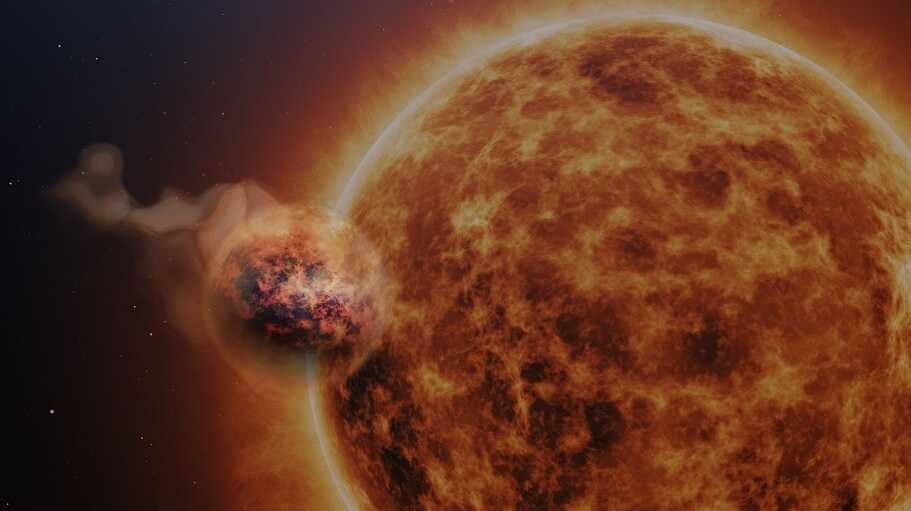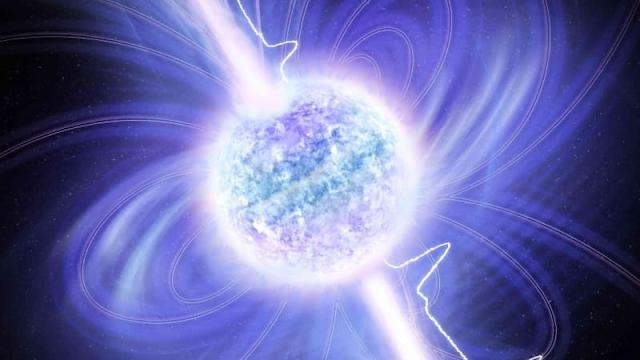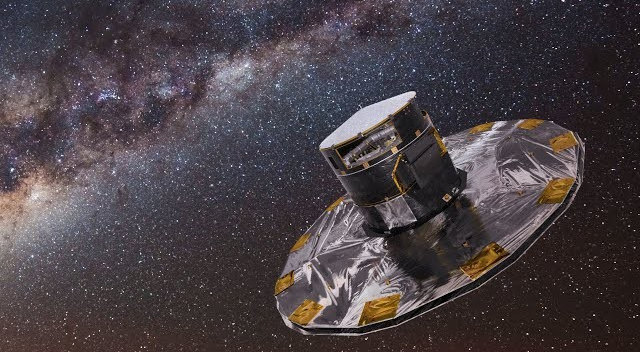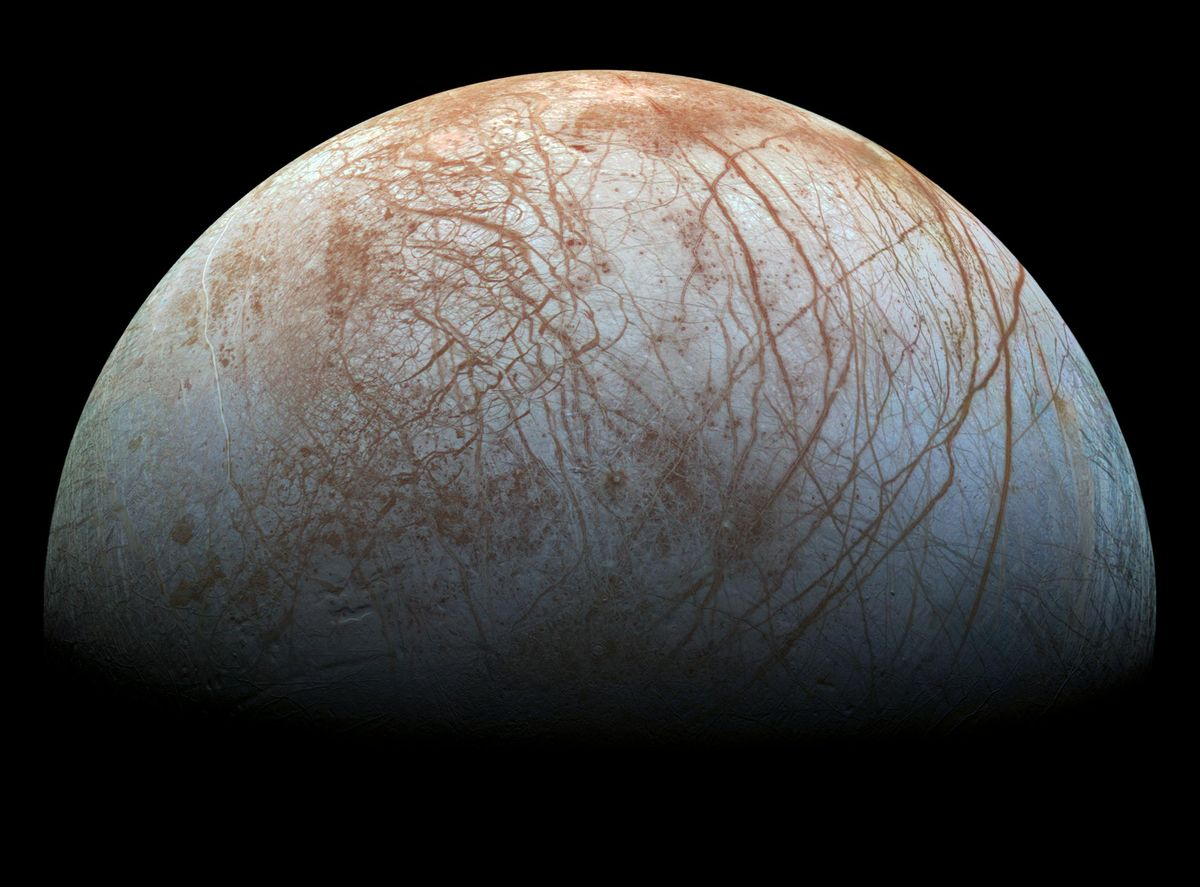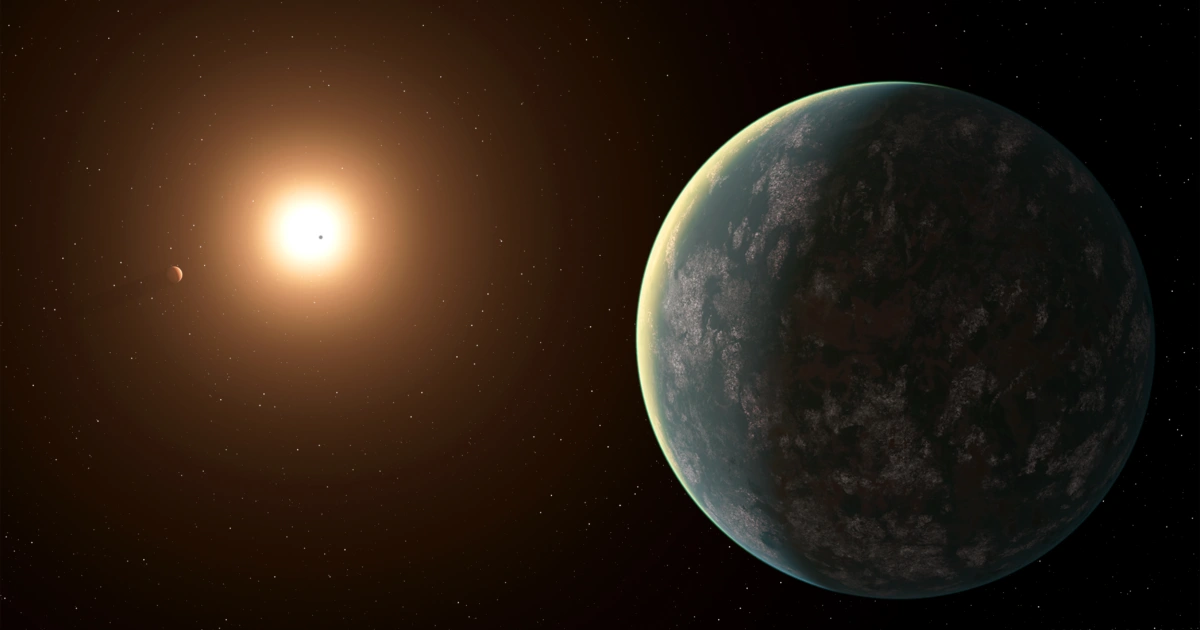Astronomers, led by teams working with the James Webb Space Telescope, have detected silica-based ‘sand clouds’ in the atmosphere of two young gas giants—YSES‑1 b and YSES‑1 c—in the Musca constellation. At just 16.7 million years old, this planetary system presents a rare opportunity to observe planetary weather in its formative epoch. Explorers using JWST noted dense mineral dust suspended high above the cloud deck, anchoring this discovery in the experience of cutting-edge exoplanet observation.
Leading planetary scientists and space technologists provide the expertise and authority behind this finding. Unlike typical hydrogen-dominated atmospheres, these gas giants display coarse silicate particles—materials akin to Earth’s sand—forming reflective cloud layers and possibly precipitating in mineral rain. Researchers emphasize that YSES‑1 offers a real-time probe into planet formation and atmospheric evolution, enriching models of how massive worlds evolve under heavy particulate influence.
The trustworthiness of this phenomenon is reinforced by peer-reviewed observations and international collaboration. Data from ESA, NASA, and European Southern Observatory confirm the mineral composition and dynamic layering of these atmospheres. As one of the first exoplanet systems with confirmed silica weather, YSES‑1 sets a new standard for validating extraordinary planetary phenomena—and offers astronomers a fresh view of cosmic climate dynamics.
